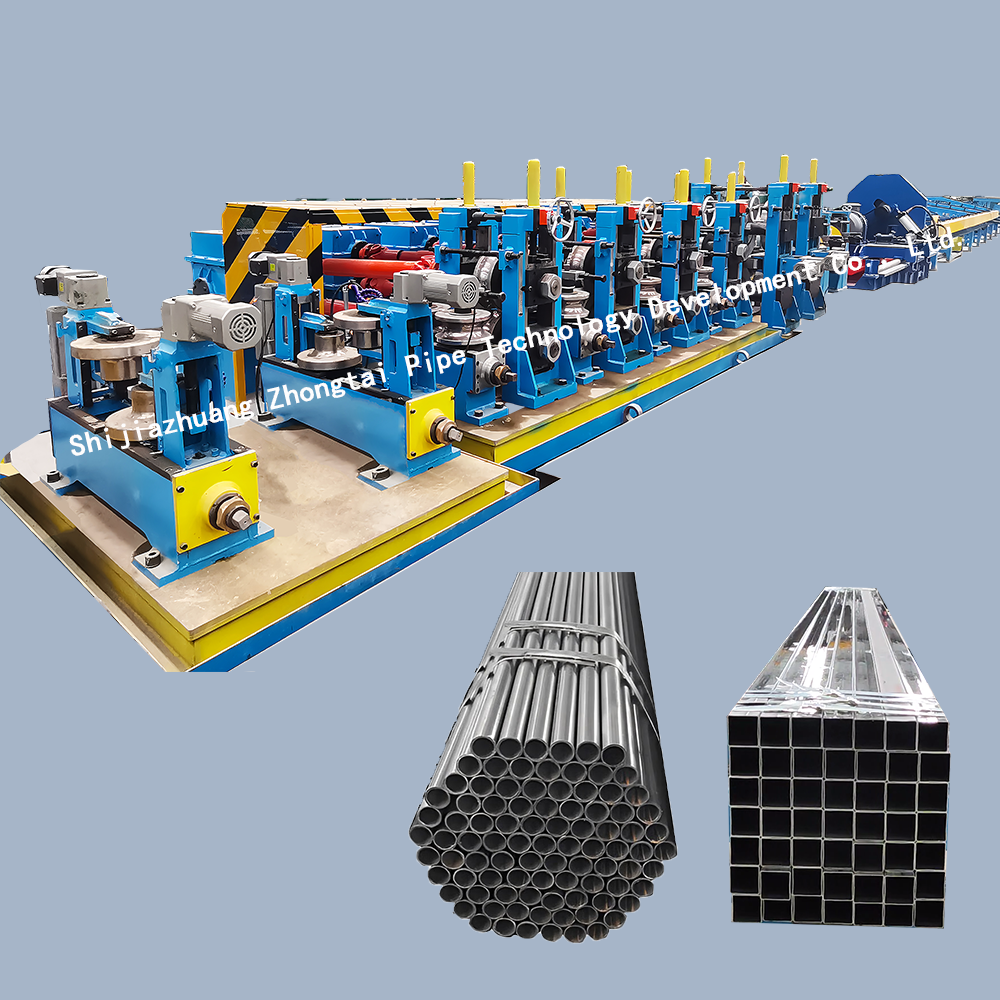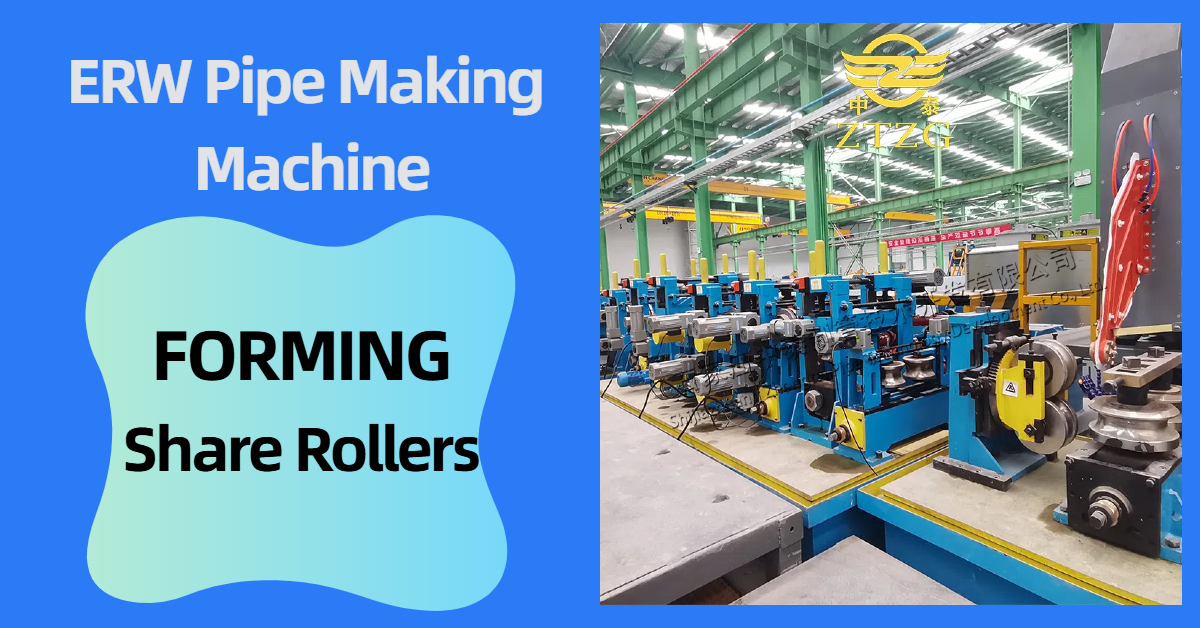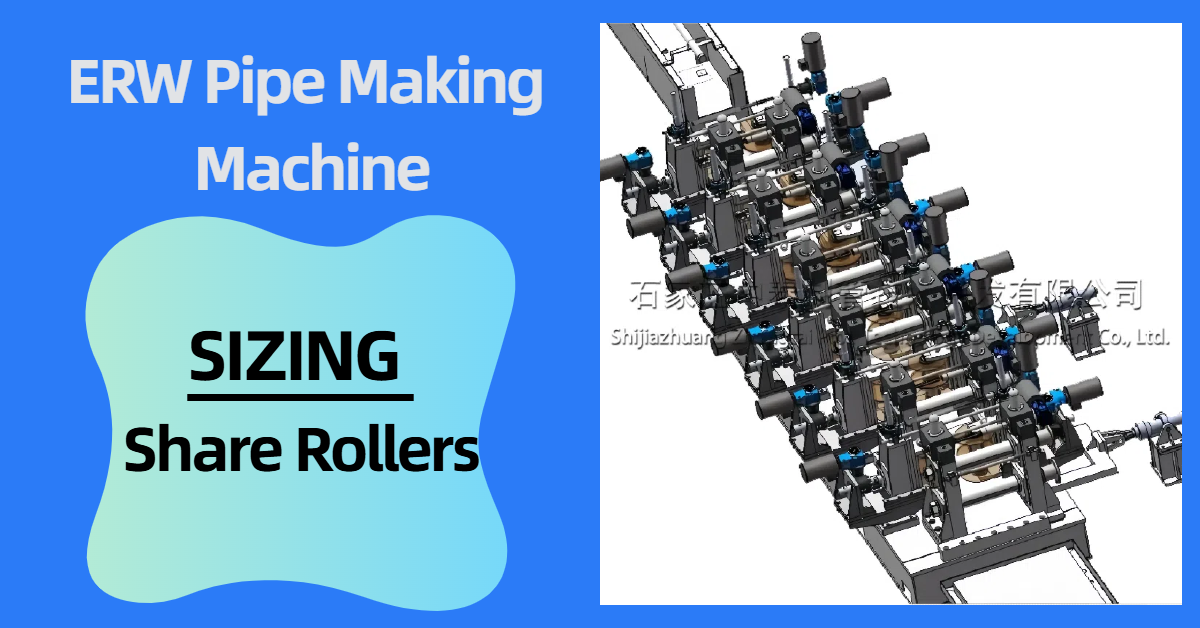(Introduction)
In the world of pipes and tubing, a wide variety of manufacturing methods exist, each with its own set of characteristics and applications. Among these, Electric Resistance Welding (ERW) stands out as a prominent technique for producing steel pipes. But what exactly is ERW pipe? Understanding the ERW pipe definition is crucial for anyone involved in industries that rely on robust and reliable piping systems. This blog post will delve into the details of ERW pipe, explaining its manufacturing process, advantages, applications, and why it’s a critical component in various sectors.
(Defining ERW Pipe)
Let’s start with the ERW pipe definition. ERW stands for Electric Resistance Welding. ERW pipe is a type of steel pipe manufactured by welding the seam of a steel strip or coil longitudinally using electric resistance. Unlike seamless pipes, which are formed from a single piece of steel, ERW pipes are created by rolling a flat steel sheet into a cylindrical shape and then welding the edges together.
(The Manufacturing Process: A Closer Look)
The ERW pipe manufacturing process involves several key steps:
Steel Preparation: High-quality steel strips or coils are selected based on the desired specifications of the pipe.
Forming: The steel strip is gradually formed into a cylindrical shape using a series of rollers.
Welding: This is where the “Electric Resistance Welding” magic happens. The edges of the formed cylinder are brought together, and a high-amperage electrical current is passed through them. The resistance to this current generates intense heat, which melts the edges and fuses them together, creating a strong, longitudinal weld.
Sizing and Shaping: After welding, the pipe passes through sizing rollers to achieve the desired diameter and shape.
Cutting and Finishing: The pipe is then cut to the required length and undergoes finishing processes such as deburring, straightening, and testing.
(Advantages of ERW Pipe)
ERW pipe offers several advantages that make it a popular choice in many applications:
Cost-Effectiveness: ERW pipe is generally more cost-effective to produce compared to seamless pipe, making it a budget-friendly option.
Consistent Wall Thickness: The ERW process allows for precise control over the wall thickness of the pipe.
Excellent Weld Strength: Modern ERW techniques produce welds that are as strong as, or even stronger than, the base metal.
Wide Range of Sizes: ERW pipe can be manufactured in a wide range of diameters and thicknesses.
Versatility: Suitable for diverse applications, from structural support to fluid transport.
(Applications of ERW Pipe)
ERW pipe finds extensive use in a variety of industries and applications:
Oil and Gas: For pipelines, casings, and tubing.
Construction: As structural components in buildings and infrastructure projects.
Water Transportation: For transporting water in municipal and industrial settings.
Automotive: For exhaust systems and other components.
Manufacturing: In various industrial processes requiring fluid or gas transport.
Scaffolding: Used for robust and safe scaffolding systems.
(ERW Pipe vs. Seamless Pipe)
While both ERW and seamless pipes serve similar purposes, they differ significantly in their manufacturing process and characteristics. Seamless pipes offer higher strength and are often preferred for high-pressure applications. However, ERW pipes are generally more cost-effective and suitable for a wider range of applications where extreme pressure resistance is not required. Understanding the differences between ERW pipe vs seamless pipe is critical when selecting the right material for your specific needs.
(The Role of Manufacturing Equipment)
Producing high-quality ERW pipe relies heavily on advanced manufacturing equipment. This includes:
Uncoilers and Accumulators: To smoothly feed steel coils into the production line.
Forming Mills: To gradually shape the steel strip into a cylindrical form.
Welding Machines: The heart of the ERW process, providing precise and reliable welding.
Sizing Mills: To ensure accurate pipe dimensions.
Cutting Machines: To cut the pipe to the desired lengths.
Testing and Inspection Equipment: To ensure the pipe meets the required quality standards.
If you’re looking to manufacture ERW pipe, choosing the right equipment is essential.
(Conclusion)
Understanding the ERW pipe definition and the process behind its creation is crucial for anyone working with steel pipes. ERW pipe offers a cost-effective and versatile solution for a wide range of applications. By recognizing its advantages and limitations, you can make informed decisions about when and where to use this important material. Furthermore, selecting the right manufacturing equipment is paramount to producing ERW pipes that meet industry standards and customer expectations.
(Call to Action)
Are you looking for reliable and efficient ERW pipe manufacturing equipment? Contact us today to learn more about our solutions and how we can help you optimize your production process!
Post time: Feb-19-2025














